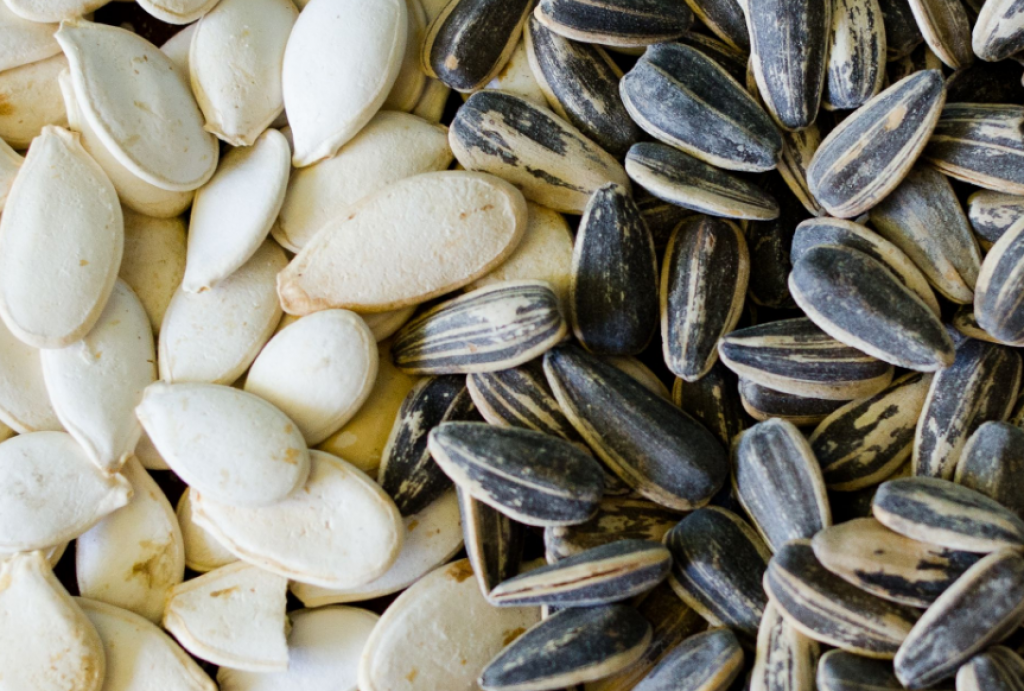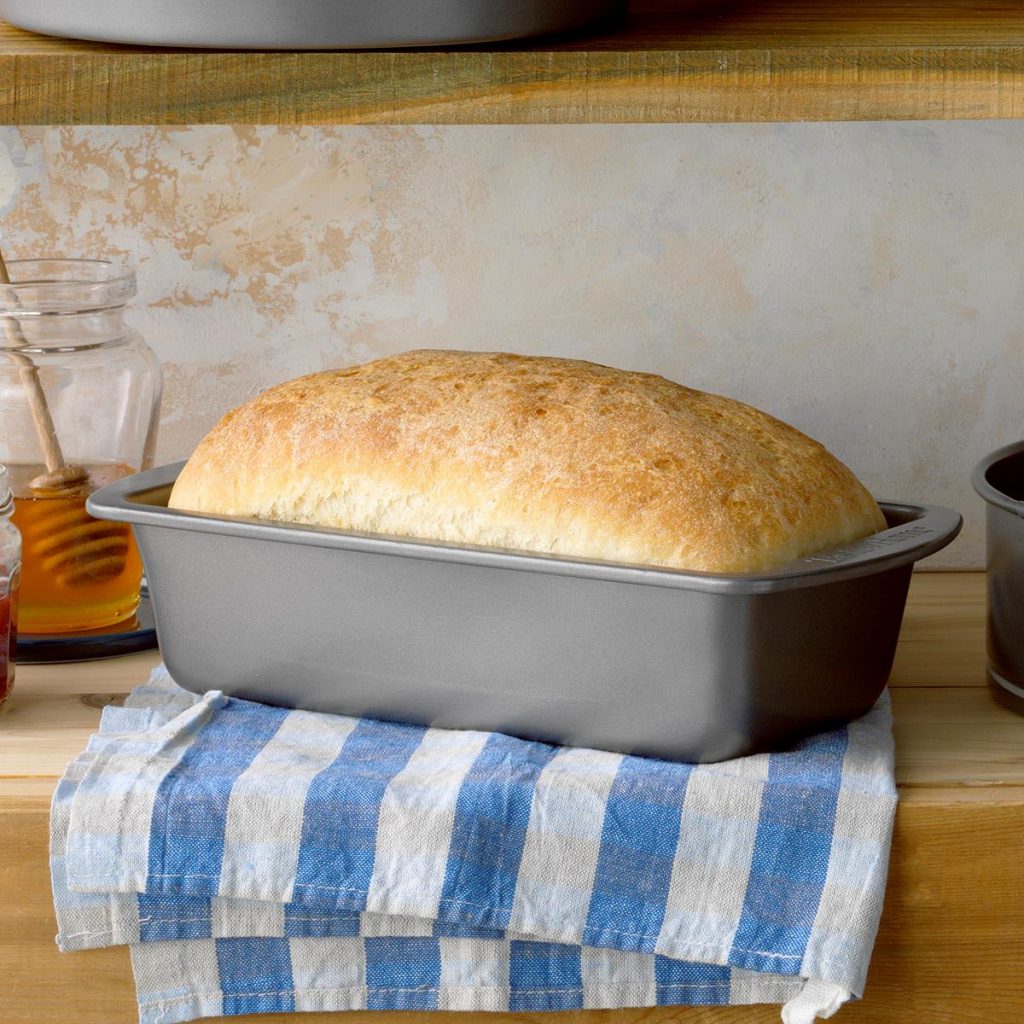
It is considered that almost half of the average household budget remains in grocery stores and markets. Isn’t it a reason to learn how to use your resources right and stop overpaying? Despite the popular misconception, an economical, rational approach to grocery shopping will not make your diet poor in terms of benefits, but will only help you create a new menu without harm to your health. We have prepared 20 tips to help you save money on grocery shopping.
Table of Contents
Twenty Useful Tips for Grocery Shopping
When it comes to food savings, planning is the most important thing. First, you need to find out how much you are spending now. What expensive products do you buy? Do you really need them? Be sure to highlight what you can refuse. Perhaps you are addicted to crackers and chips, are crazy about soda, or consume tons of ice cream. This is not only a serious hole in the budget but also damage to health.
Now it is time to think: maybe some products can be replaced with cheaper ones? For example, expensive yogurts or very expensive juices of a well-known brand. If you still cannot come up with saving ideas — read the below tips:
1. Follow the sales

img source: gscafe.com
Many supermarkets have special leaflets in which they announce the upcoming sales. Having studied these materials, you can buy more quality products with a long shelf life for less money. By the way, you could always find all weekly ads on rabato.com.
2. Make a weekly menu
It will help you determine what products you need and in what quantities — it may be more profitable to take some products in large packages if their shelf life allows.
3. Make a shopping list

img source: listonic.com
Making a shopping list is a must-do before every supermarket visit. Otherwise, you may end up with tons of unnecessary little things in your basket. However, do not deny yourself the pleasure of buying the fruit you like or something with a good discount — take a small amount of money to “profitably invest” them.
4. Reward yourself with bonuses
Chasing the opportunities to save, you should not damage your health. Analyze the list of your regular spendings and highlight what you are willing to pay for regardless of the price: quality dark chocolate, dairy products, redfish, etc. Let it be the investment in your health.
5. Approach the lower shelves

img source: repsly.com
Do not be too lazy to check products from the lower shelves: there are always products with lower prices or of less popular brands there.
6. Choose local brands
It makes sense to study the variety of local brands and test the products that large chains produce under their own brand — they often offer good prices for less money. Make sure that the supermarket staff has negative results of COVID testing before buying in-store products.
7. Check the price per kilo

img source: static9.net.au
Remember, that large packs may contain less product by weight. Using a calculator on your smartphone, you can count the mass of different products per kilogram and choose a cheaper option of the same quality.
8. Remember the prices of your favorite products
This approach will help you to remember whether a discount is valid for this product or this is a trick with a preliminary price increase.
9. Support a local manufacturer
Find the possibilities to buy food directly from the farm: it often happens that prices are 30-40% lower than in shops, and the products are 100% organic.
10. Visit the local market

img source: coastalbid.co.uk
As a rule, all products in the markets are 10-30% cheaper than in stores, even though they are fresh and of high quality. By the way, lamb meat is always the least chemically processed one.
11. Choose products by season
In winter, these are carrots, beets, celery roots, cabbage, pumpkin, and apples. As a result, you can make a nutritious and cheap lunch from them like beetroot pancakes or pumpkin muffins.
12. Forget about semi-finished products
No processed product can be cheaper than its original raw material. Of course, preparing homemade dumplings is not a quick business, but you can involve the whole family in this process.
13. Replace useful products with other useful products

img source: pinimg.com
Save on nuts by replacing them with a plate of sunflower or pumpkin seeds. Moreover, high-quality pomegranate juice can easily replace the antioxidants from wine.
14. Buy whole products
If you cut the chicken into several parts, you can cook several dishes from it at once. The same can be done with fish. So, from one chicken you can get legs, wings, fillets, and a base for soup.
15. Save on the basics
Instead of buying bottled water, it is more profitable to filter it yourself. It is also more economical to buy dairy products in soft packs.
16. Plant your own greens

img source: gardeningknowhow.com
Your own micro-garden can supply a fresh portion of vitamins to your table every day, and the cost price will be much lower than that of store-bought herbs. You can perfectly grow green onions just in the water, or germinate cereals.
17. Follow the vegan tricks
After all, this type of diet excludes the most expensive part of it — meat. For example, you can make a “vegan Friday” and spend it meat-free by cooking legumes and vegetarian pasta.
18. Bake homemade bread

img source: tasteofhome.com
This is not just a way to provide yourself with fresh bread. According to some estimates, the savings compared to store-bought bread will be 30–40%, which is quite a lot per year.
19. Increase the number of cereals
Oat flakes, rice, couscous are not frequent guests on our table. One of the secrets of a cheap menu is to cook meat only in a combination with a cereal side dish. In this way, you can increase the nutrition value of your dishes.
20. Cook More Soups

img source: ctfassets.net
Soups are considered to be the cheapest item on the menu. The chicken broth will warm you up in winter and help to fight the flu. To save money and time, simply cook a meat and bone broth once a week, and it can be used to make soups in 15–20 minutes anytime you want.
In Conclusion
You have probably heard these very simple tips more than once. However, if you really want to start saving, put them all into practice. By the way, it is very interesting to know which of our readers regularly follow such recommendations. Share your experience with us in the comments.







